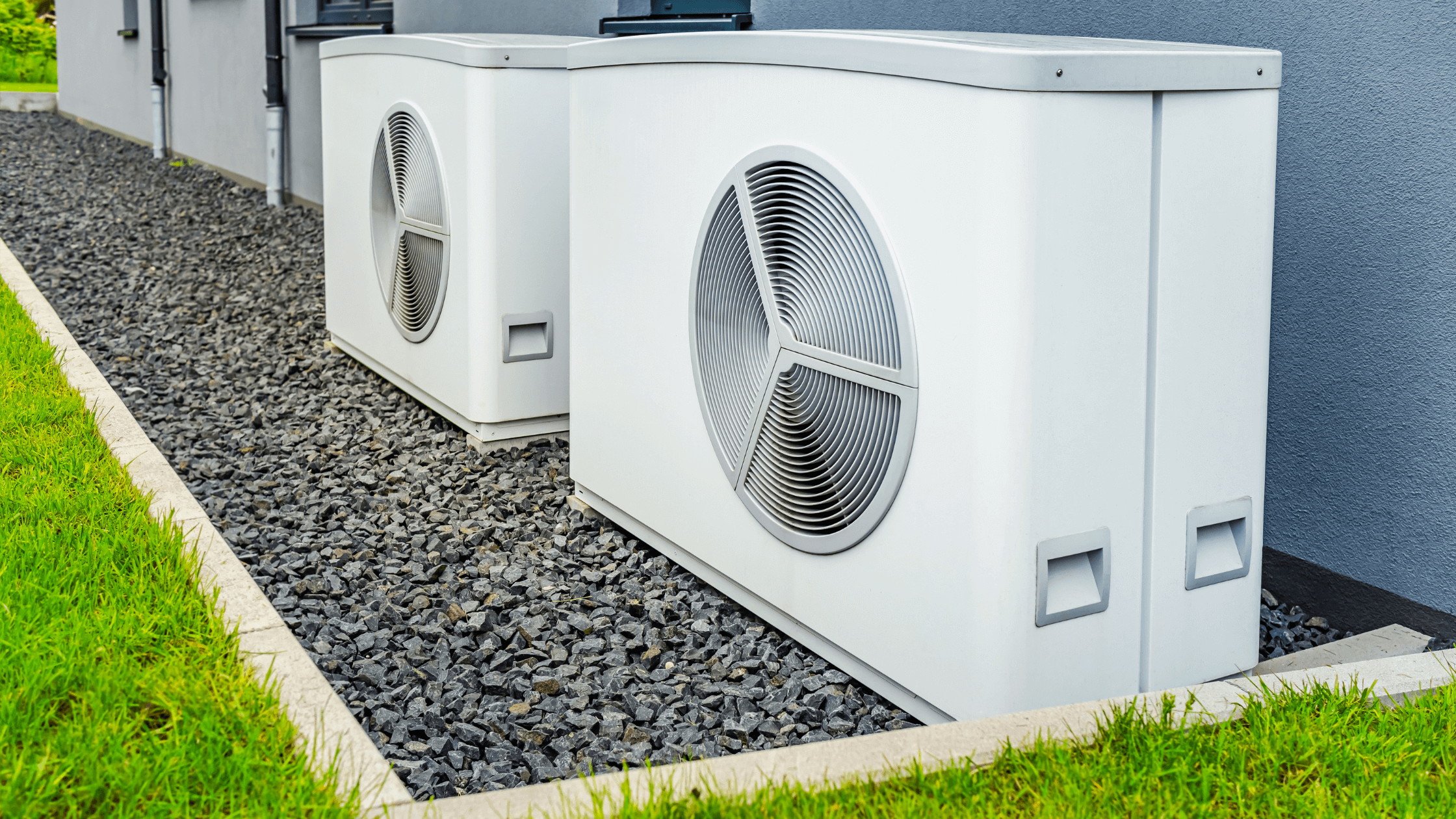Geothermal buildings are gaining popularity because they efficiently harness the earth’s natural underground temperatures to heat and cool buildings, saving energy and money. Although geothermal systems are equally suitable for large-scale and smaller-scale applications and offer long-term financial savings, they also have high installation costs and are not suitable for all locations.
Quick look
- Geothermal buildings use underground temperatures to heat and cool buildings.
- Pros of geothermal buildings include being a renewable energy source with a small footprint that can be used in large and small applications and may save energy costs in the long run.
- The cons of geothermal buildings are their high installation costs, unsuitability in some locations, and potential for creating geological instability.
What are geothermal buildings?
Although aboveground temperatures fluctuate from summer to winter, underground temperatures stay relatively constant year-round in most areas. Geothermal buildings work by moving heat and cold rather than creating them with furnaces or air conditioners.
Using systems like heat pumps, you can harness the natural temperature of underground areas to cool buildings in the summer and heat them in the winter.
Pros and cons of geothermal heating and cooling
| What we love | Things to consider |
| – Environmentally friendly, renewable energy source – Small land use footprint – Equally suitable for both large-scale and smaller-scale applications – Long-term financial savings | – High installation costs – Not suitable for all locations – In extreme cases, it can lead to geological instability |
What we love about geothermal buildings
Environmentally friendly, renewable energy source
With geothermal heating and cooling systems, you can generate energy without burning fossil fuels like oil, gas, or coal. You also eliminate the environmental damage associated with resource extraction (coal mining, oil and gas drilling) and reduce greenhouse gasses— the average geothermal energy plant produces 99% less CO² for each megawatt hour of energy generated.
Small land use footprint
While coal plants require 3642 m² of land per gigawatt-hour of energy generated, and solar plants need 3237 m², geothermal energy plants need just 404 m². Their small footprint means they can easily be added to older buildings without requiring significant space and don’t require as much land use to be devoted to energy creation.
Equally suitable for both large-scale and smaller-scale applications
Geothermal heating and cooling systems can be installed in large-scale buildings (like condos and universities) and in smaller spaces using residential heat pumps, which many owners have installed to maximize energy savings.
Long-term financial savings
One of the most attractive features of geothermal buildings is the energy savings they provide. Compared to conventional systems, geothermal systems allow you to save up to 70%— 30 to 70% when heating and 20-50% when cooling. With rising energy costs, any change to reduce your heating and cooling bill is a big relief.
Things to consider about geothermal buildings
High installation costs
Although geothermal heating and cooling systems provide long-term financial savings, installation is more expensive than conventional furnaces or air conditioning units. In most residential applications, geothermal energy will pay for itself over time while adding to home equity, but it might only be worthwhile for some projects.
Not suitable for all locations
Space constraints, site locations, and local temperature patterns may make geothermal energy sources a poor choice for your location.
In extreme cases, it can lead to geological instability
Building geothermal energy plants requires tapping into sources of hot steam and water trapped many layers deep below the earth’s surface. This may contribute to instability and even create earthquakes.
Bottom line
Our future may depend on the ability to tap into sustainable, renewable energy sources. While it isn’t a perfect technology, the rising popularity of geothermal buildings offers a promising step toward reducing emissions, saving money, and keeping buildings as warm and cool as we need them to be.


